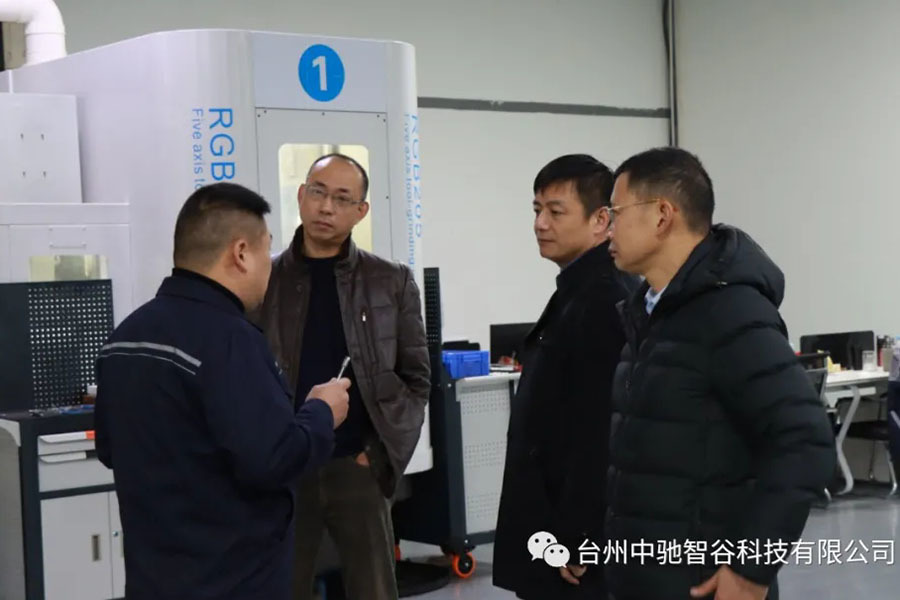How to choose CNC milling cutter
Release time:
2024-07-03
1. When selecting the diameter of the surface milling cutter, the power required by the tool should be within the power range of the machine tool, and the diameter of the machine tool spindle can also be used as the basis for selection. The face cutter diameter can be selected by D = 1.5d(d is the spindle diameter). In mass production, the tool diameter can also be selected by 1.6 times the cutting width of the workpiece. The diameter and width of the slot milling cutter should be selected according to the size of the workpiece, and the cutting power should be within the allowable power range of the machine tool.
2. For fine milling, grinding blades are selected. This kind of blade has good dimensional accuracy, so the positioning accuracy of the cutting edge in milling is high, and better machining accuracy and surface roughness can be obtained. In addition, the development trend of the grinding milling insert used in finishing is to grind out the chip groove to form a large positive rake angle cutting edge, allowing the blade to cut on a small feed and a small depth of cut.
3. The coarse tooth milling cutter is mostly used for rough machining because it has a larger chip groove. If the chip groove is not large enough, it will cause difficulty in chip rolling or increased friction between the chip and the tool body and the workpiece. At the same feed rate, the cutting load per tooth of the coarse tooth milling cutter is larger than that of the dense tooth milling cutter. For the larger size of the taper hole, the more rigid spindle, you can also use the dense tooth milling cutter for rough milling. Since the dense tooth milling cutter has more teeth to participate in cutting at the same time, when using a larger cutting depth (1.27 to 5mm), it is necessary to pay attention to whether the power and rigidity of the machine tool are sufficient and whether the milling cutter chip groove is large enough. The chip removal situation needs to be verified by experiments. If there is any problem with chip removal, the cutting amount should be adjusted in time.
When processing stainless steel, the geometry of the cutting part of the tool should generally be considered from the front angle and the rear angle. When selecting the rake angle, factors such as the chip groove type, the presence or absence of chamfering and the positive and negative angle of the blade inclination angle should be considered. Regardless of the tool, a larger rake angle must be used when processing stainless steel. Increasing the rake angle of the tool reduces the resistance encountered during chip cutting and clearing. The requirements for the selection of the rear angle are not very strict, but it should not be too small. If the rear angle is too small, it is easy to produce serious friction with the surface of the workpiece, which deteriorates the surface roughness and accelerates the tool wear. And because of the strong friction, enhance the effect of stainless steel surface work hardening; tool back angle should not be too large, the back angle is too large, so that the wedge angle of the tool is reduced, reducing the strength of the cutting edge, accelerate the wear of the tool. Usually, the rear angle should be larger than the appropriate processing of ordinary carbon steel. High hardness tungsten steel milling cutter specially designed for stainless steel materials.
Real-time information
 2024-07-03
2024-07-03
Zhongchi Zhigu Technolog
Telephone:+86-576-86971967
Mobile:+86-18157649881
E-mail:zczg@zczgtec.com
1F, Building 1, Changhong Electromechanical Small and Micro Park, 105 Changhong West Road, Zeguo Town, Wenling City, Taizhou City, Zhejiang Province
Message consultation





